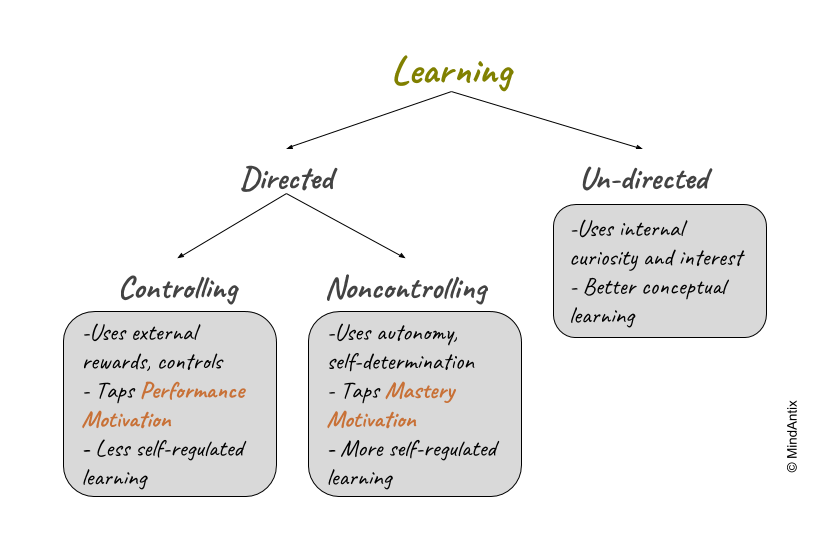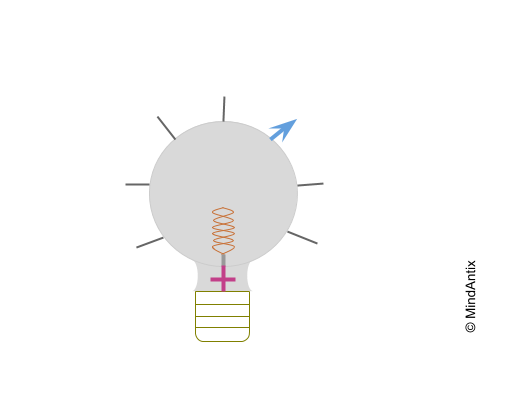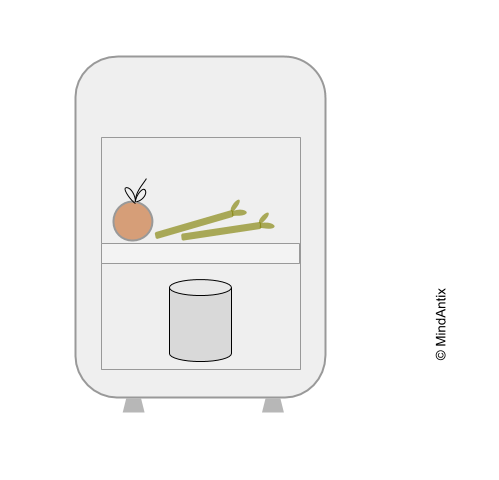In an experiment to evaluate the impact of media on learning, researchers showed volunteers a presentation about the country Mali. Some of the subjects saw a text-only version of the presentation while the others saw a multimedia version that included additional audio-visual content.
After the presentation, the researchers gave all subjects a quiz on the material. The text-only group were able to answer more questions correctly on the quiz compared to the multimedia group. The outcome of this experiment was summarized as, “The text-only readers found it to be more interesting, more educational, more understandable, and more enjoyable than did the multimedia viewers, and the multimedia viewers were much more likely to agree with the statement ‘I did not learn anything from this presentation’ than were the text-only readers.”
Technology has undoubtedly made a big impact in education. Apps and games that teach specific reading and math skills have shown to improve learning outcomes, and productivity apps have made research and collaboration so much more easier in the classroom.
However, technology doesn’t just provide us with tools to learn specific skills or be productive, it also actively changes the way we think and process information.
And quite often, these changes inadvertently end up being detrimental to learning in some ways. Professor Patricia Greenfield explains, “Although the visual capabilities of television, video games, and the Internet may develop impressive visual intelligence, the cost seems to be deep processing: mindful knowledge acquisition, inductive analysis, critical thinking, imagination, and reflection.”
Inappropriate or overuse of technology can significantly impair learning, by breaking attention and interrupting the learning process. Our brains contain two types of memory – short-term and long-term. Long-term memory, which can hold information for a long periods of time, is the seat of understanding where complex schemas and patterns that give us meaning are held. Short term memory on the other hand is fragile – it can hold information for only a few seconds. One type of short term memory, called the working memory, is what we use when we have to retain partial results as we work through a math problem or follow a sequence of steps. However, working memory, unlike long-term memory, is small and can hold only a few chunks of information at a time. After the contents of the working memory are processed, they can be encoded in long term memory for future retrieval.
The challenge with this learning process is that since working memory can retain information for only a few seconds (~20 sec), and any distractions in that time interrupt the flow of information to long-term memory. Being able to focus and reflect on concepts for extended periods of time are critical to learning new things.
In addition to inferior learning, poorly designed technology can have other harmful effects. When the ability to focus on tasks decline, it can lead to feelings of boredom and an increased desire to seek more external stimuli. Time spent with media (television, video games) has been shown to result in ADHD like behavior.
If we want to promote critical and creative thinking, essential for deep learning, we have to unlearn the way technology is designed. Here are some things to pay attention to when designing technology products for use in education that can promote deep learning.
Pay Attention To Passive Switches
Switches are interruptions that result in students switching between different tasks. Passive switches, as opposed to active switches, are those that students don’t initiate themselves. Obvious examples of passive switches are email notifications, chat features, or pop-ups within an app that are meant to help students but inadvertently break their focus.
Less obvious examples of passive switches include using hyperlinks in the text, often with the good intention of providing information to fill the gaps. Unfortunately, hyperlinks also subtly nudge students into clicking before they have had sufficient time to process information, thereby breaking their flow. In one experiment, groups of people were asked to read the same piece online writing with different number of hyperlinks. Results showed that as the number of hyperlinks increased, reading comprehension went down. The researcher explained her findings as, “Reading and comprehension require establishing relationships between concepts, drawing inferences, activating prior knowledge, and synthesizing main ideas. Disorientation or cognitive overload may thus interfere with cognitive activities of reading and comprehension.”
Be Less Helpful
In an interesting experiment, researchers gave students a tricky puzzle to solve that involved moving colored balls between boxes based on some rules. One group of students got a helpful version of the software that had on-screen assistance and other cues, while the other group got a bare-bones version with no hints or guidance.
In the early stages, the helpful group outperformed the bare-bones group in how fast they solved the puzzle. However, as the test progressed the bare-bones group got more proficient and was able to solve faster with fewer incorrect moves as compared to the helpful group, which gave clear indication that they were planning ahead and using strategy.
It didn’t just end there. Eight months after running the experiment, the researchers invited the students again and gave them similar puzzles to solve. The group that used the unhelpful version of the software was able to solve the puzzles twice as fast compared to the helpful group.
When help is too easily available, it robs students of the opportunity to think for themselves and build critical and creative thinking skills.
Be Judicious With Media And Visuals
Unnecessary media usage can overload working memory making it harder to process and assimilate knowledge.
In an experiment conducted on college students, researchers showed groups of students a typical CNN broadcast. One group saw the broadcast along with infographics that flashed on-screen and text-crawls on the bottom. The other group saw the simpler version of the same broadcast without any additional infographics or text-crawls. Subsequent testing showed that the multimedia group retained far fewer facts about the news compared to the simpler group. The researchers theorized that the “multimessage format exceeded viewers’ attentional capacity.”
Keeping things simple when working with different forms of media works much better from a learning perspective. While different forms of media are good to use individually, using them simultaneously can overwhelm working memory.
To design educational technology we need to carefully assess if the technology or feature encourages students to think and reflect, or does it distract them. When we introduced a team related feature not too long ago, we realized it was working a little too well, to the point of getting in the way of real learning. We decided to remove the feature and will likely introduce it again in a different incarnation, where it improves productivity without being a distraction.
Technology has great potential to improve student learning in different ways, but it requires us to be more mindful of the learning process while designing it.





